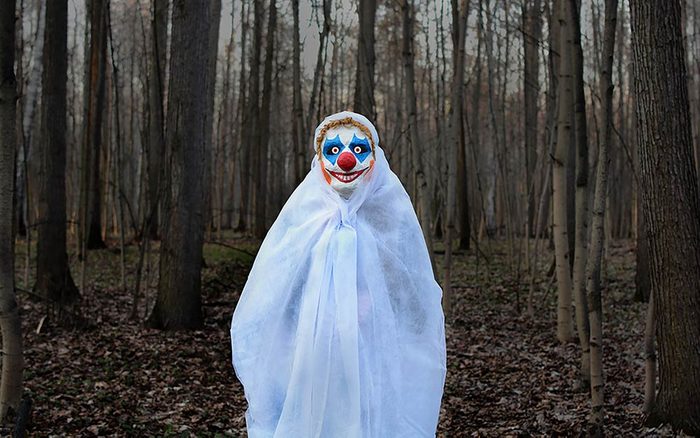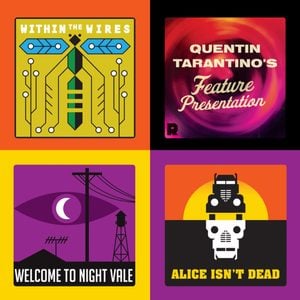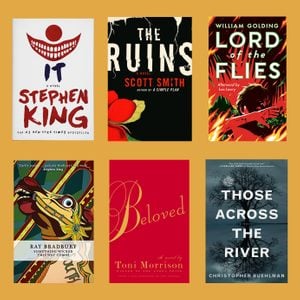Why Are People Afraid of Clowns?
Updated: Jul. 27, 2022

If you aren't scared of clowns now, you will be soon.
Many people find clowns to be creepy, if not downright terrifying, but it’s not just the painted faces with giant lips that give people goosebumps. They’re a common fear along with death, needles, and public speaking. What most people don’t know is that a fear of clowns is actually a real phobia with potentially detrimental mental and physical symptoms.
What is coulrophobia?
Coulrophobia is the official title for a phobia of clowns. A phobia is also known as an intense fear that impacts behavior and in some cases, daily life. For those with a fear of clowns, certain events that may be considered fun for many such as circuses and carnivals, may trigger anxiety. Some popular symptoms may be an increased heartbeat, nausea, shaking, sweating, and difficulty breathing. Learn more about these other phobias you probably didn’t know existed.
What causes fear of clowns?
The profession of being a clown has a long and rather sordid history; something resembling its current form dates back to the royal court jesters of the middle ages, whose express purpose was to entertain the king or queen, often lampooning the sovereign in the process. However, the most ancient versions of clown-like figures can be found in the ancient Egyptian, Chinese, Native American, and Greek cultures. Don’t miss these spooky stories from the most haunted places around the world.
The next evolution of the clown came in the form of the harlequin or zanni, a staple of the Italian theater. The clown was an entertainer, but not a necessarily family-friendly one; he would often be crude and vulgar, being one want to give into vice and mischief. A 2013 Smithsonian article dives a bit into the clown’s immoral role:
“But clowns have always had a dark side,” says David Kiser, director of talent for Ringling Bros. and Barnum & Bailey Circus. “After all, these were characters who reflected a funhouse mirror back on society; academics note that their comedy was often derived from their voracious appetites for food, sex, and drink, and their manic behavior.”
The 1800s saw the modern clown concept as we know it take shape, shifting away from the crude and refining its appeal for kids. Their schtick would be slapstick not sick, but their origins remained. Their mischief began to regain its sinister tone thanks to pop culture staples like Killer Clowns from Outer Space (1988), It (the novel, miniseries, and 2017 film), and Clown (2014). Here are more of the scariest movies of all time.
And real-life events play a large part in the tangible fear, even beyond the widespread hysteria about killer clowns in the summer of 2016. Part of the inspiration for Pennywise was serial killer John Wayne Gacy, who was given the moniker “Killer Clown” for his use of a clown costume in his murders.
How many people are coulrophobic?
A University of Sheffield study found that most children aged four to 16 in a study of 250 dislike clowns. “We found that clowns are universally disliked by children,” says Penny Curtis, one of the study’s lead researchers, via BBC. “Some found them quite frightening and unknowable.”
Another study conducted by Chapman University revealed that approximately 7.8% of adult Americans are actually afraid of clowns, so don’t worry, no matter your age, you are not alone in your fear.
Sources
- Smithsonian Magazine:”The History and Psychology of Clowns Being Scary”
- The Verge: “The 2016 clown panic: 10 questions asked and answered”
- BBC News: “Hospital clown images ‘too scary'”
- Chapman University: “America’s Top Fears 2016”
- Healthline: “Understanding Coulrophobia: A Fear of Clowns”


